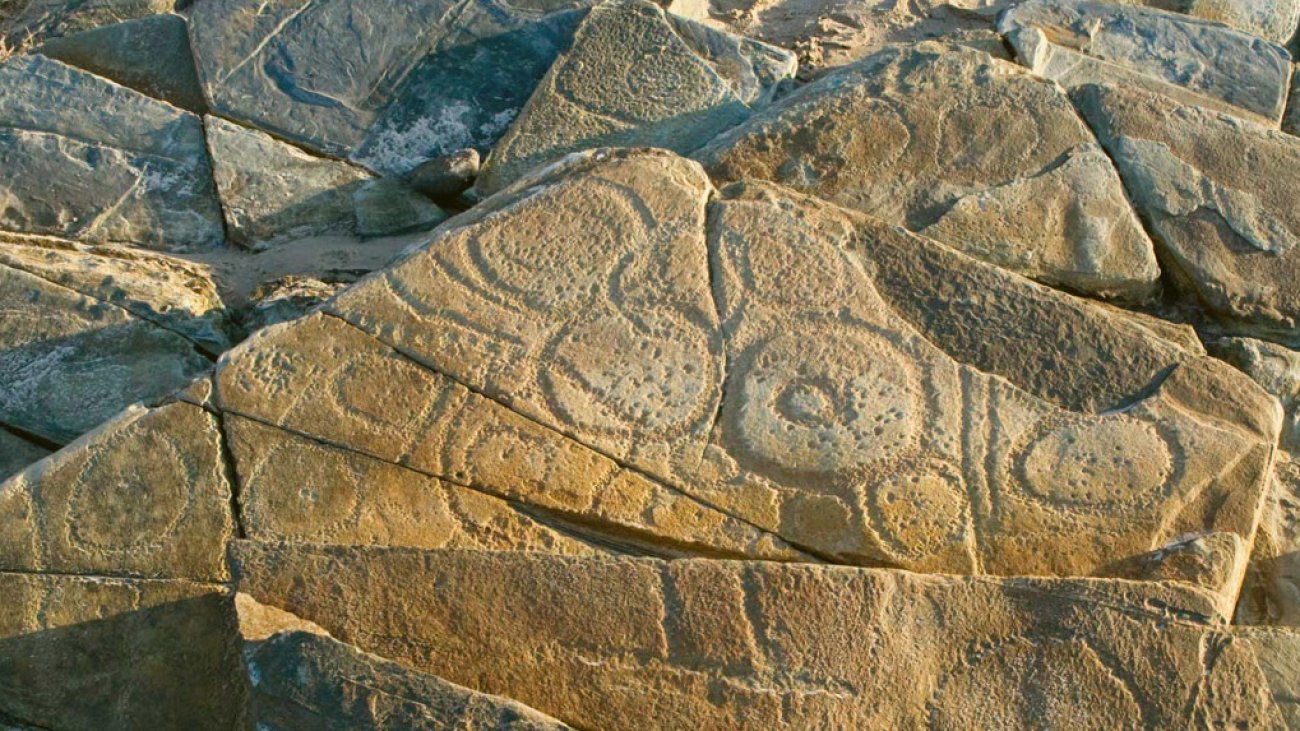Under an ongoing Aboriginal repatriation campaign, the remains of a young Aboriginal man have been repatriated to Tasmania from a Scottish university after more than 170 years. Taken from Tasmania in the 1830s, the skull belonged to a man thought to be a member of the Big River tribe and had been housed at the University of Aberdeen since the early 1850s. Records point to him being shot in the Central Highland of the island state at Shannon River.
The removal of Aboriginal remains was a component of a more considerable colonial activity of gathering Indigenous objects and human remains for scientific investigation during the 19th century. Many European institutions—including museums and colleges—got these remains without permission. By treating Indigenous people as subjects for research instead of as communities with rich histories and customs, such policies helped to dehumanize them. The story of the young Aboriginal man captured a terrible moment in history when many Indigenous people were displaced, and their corpses were taken far from their native countries.
How Was the Return of the Remains Made Possible?
In 2019, the University of Aberdeen contacted Tasmanian officials, expressing a readiness to have the remains returned. To formally hand them over, Scotland hosted a ceremony earlier in March. “We are happy that the remains of this young man can now be turned over for suitable burial in his native country,” the head of collections at the University of Aberdeen remarked. In Aboriginal repatriation, this is still another vital phase.
The university’s choice to return the remains reflected an increasing trend among colleges worldwide to recognize past injustices and give Indigenous people more dignity. European institutions have been under increasing pressure recently to return relics and remains to their proper owners. To help repatriate, several companies are now looking over their records and speaking with Indigenous groups.
Why Is This Repatriation Important?
Considered a moment of justice and cultural relevance, the return of the remains has greeted community members with a welcome. “For our community, this repatriation is a pivotal event. Said a community representative. It honors past injustices and lets us bring our ancestors home to the country, where their spirits will be set free when buried in their ancestral grounds. The occasion emphasizes the need for Aboriginal repatriation to recover cultural dignity.
Repatriation means spiritual and cultural healing for the Aboriginal people, not only the physical return of remains. Many people hold that the spirits of their ancestors cannot rest until they are repatriated to their own country. Ancestral burial in their native areas guarantees the preservation of their cultural legacy for future generations and helps society re-establish contact with their history.
Describe the background of the shell necklace.
Apart from the remains, a culturally important shell necklace has also been returned. Hunterian Museum at the University of Glasgow has owned the necklace created by a lady living on a Bass Strait island in the 1880s. Made from mariner shells discovered along the coast of Tasmania, the 148-centimeter relic return adds even more to the continuous Aboriginal repatriation and cultural healing process.
For Tasmanian Aboriginal women, shell necklaces are very spiritually and culturally significant. Created and worn as statements of identity, status, and connection to the land, Generation after Generation of Aboriginal people has carried on the tradition of manufacturing shell necklaces, which is still rather significant. The necklace’s return confirms the value of Indigenous artistry and customs and is considered a potent act of recovering a lost cultural legacy.
Why was the necklace returned and delayed?
First submitted in 1994, the request for the necklace’s return was turned down in 1995 and again in 2002 because there was no proof its procurement was moral. However, recent talks have successfully repatriated the first overseas return of a Tasmanian cultural artifact in 27 years.
Many institutions have been slow to admit the colonial roots of their holdings. Some institutions have opposed repatriation requests despite evidence that many artifacts and human remains were obtained by exploitative or coercive means because of worries about creating precedents or losing priceless collection pieces. The remarkable comeback of the necklace, following almost three decades of campaigning, shows Aboriginal people’s tenacity in recovering their legacy. It also provides a significant model for other institutions still housing Indigenous relics and bones.
What implications does this have for upcoming repatriations?
The return of these objects marks a continuous attempt to recover Aboriginal remains and cultural objects from outside museums. “From the 1970s, the community has started returning our ancestral remains. Institutions who earlier wouldn’t meet with us and outright refused to discuss returns are now saying, “Let’s talk,” said a representative engaged in the process. “We sense that is a good start, and the tide is turning.”
This transformation illustrates a more general trend in how institutions view Indigenous legacy. Many institutions used to view themselves as stewards of world history and were hesitant to part from objects in their collections. However, rising public and political pressure, together with growing knowledge of the past injustices experienced by Indigenous people, have resulted in a more honest conversation regarding repatriation.
Aboriginal relics and artifacts still abound in several other universities in the UK and throughout Europe. The success of this latest repatriation gives supporters optimism that additional objects will be brought back in the following years. Apart from the actual return of relics and remains, repatriation promotes healing and reconciliation between Indigenous people and establishments that formerly denied their legacy.
Returning these objects represents a significant step towards honoring the cultural legacy of the Tasmanian Aboriginal people and thereby restoring dignity to their ancestors for the next generations. Though each triumphant return is a win for justice, recognition, and cultural rebirth, the fight for Aboriginal repatriation is far from finished.


Add a Comment